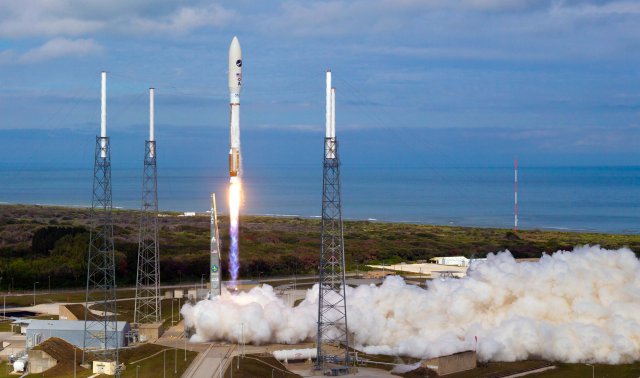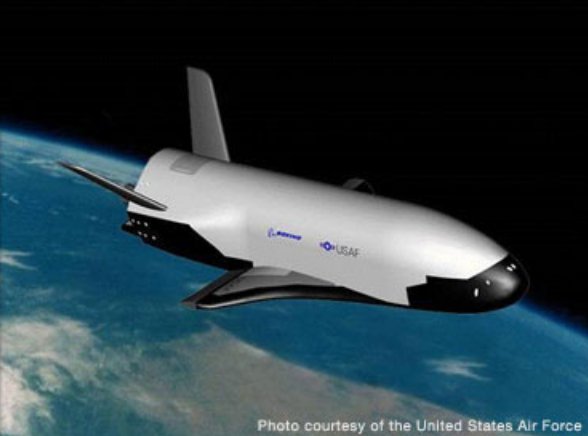 Boeing successfully returned an unmanned U.S. Air Force X-37B Orbital Test Vehicle to orbit on Tuesday, continuing to demonstrate how the system provides responsive, reusable access to space.
Boeing successfully returned an unmanned U.S. Air Force X-37B Orbital Test Vehicle to orbit on Tuesday, continuing to demonstrate how the system provides responsive, reusable access to space.
An Atlas V rocket launched OTV-1, the first of two vehicles in the programme, into a low Earth orbit at 1:03 p.m. Eastern time from Cape Canaveral Launch Complex 41.
The X-37B, which combines the best of aircraft and spacecraft design in an unmanned test platform, is testing reusable vehicle technologies dealing with space experimentation, risk reduction and concept-of-operations development.
“The second mission for OTV-1 demonstrates the vehicle is capable of multiple missions and affordable access to space,” said Paul Rusnock, vice president of Boeing Government Space Systems.
 OTV-1 was first launched in April 2010 and returned to Earth that December. It is the United States’ first unmanned vehicle to return from space and land on its own. The space shuttle had been the only space vehicle capable of landing on a runway.
OTV-1 was first launched in April 2010 and returned to Earth that December. It is the United States’ first unmanned vehicle to return from space and land on its own. The space shuttle had been the only space vehicle capable of landing on a runway.
A second vehicle, OTV-2, set a record for a reusable space vehicle in June of this year when it completed a 469-day mission. Previously, Space Shuttle Discovery held that record with an accumulated total of 365 days in orbit.
Boeing’s commitment to space-based unmanned vehicle technology spans a decade and includes support to the Air Force Research Lab’s X-40 programme, NASA’s X-37 programme, and the Defense Advanced Research Projects Agency’s X-37 Approach, Landing and Test Vehicle programme.
Source: Press Release
